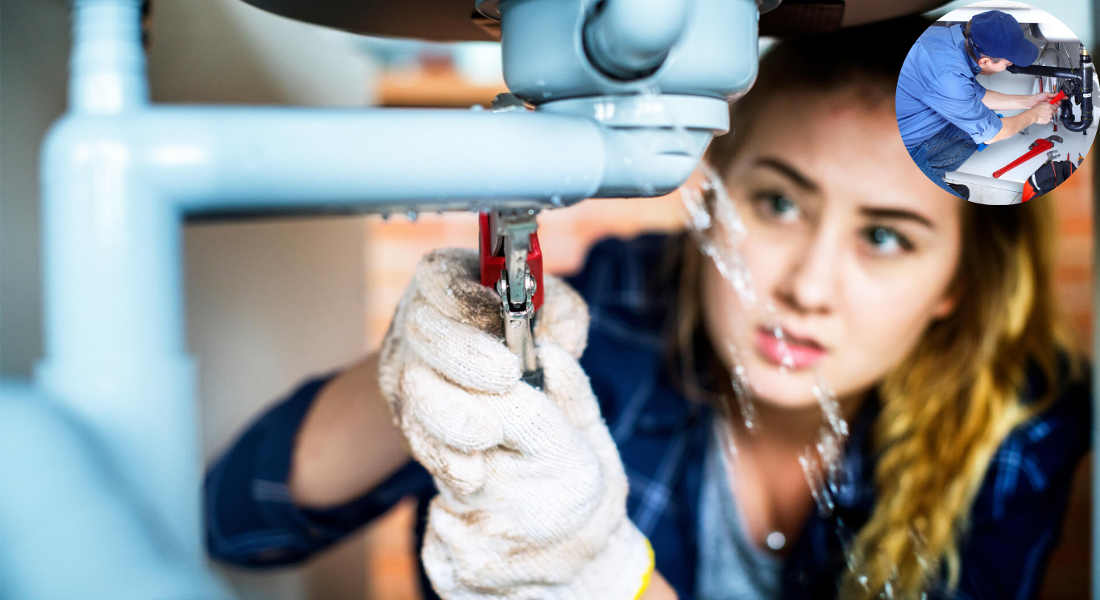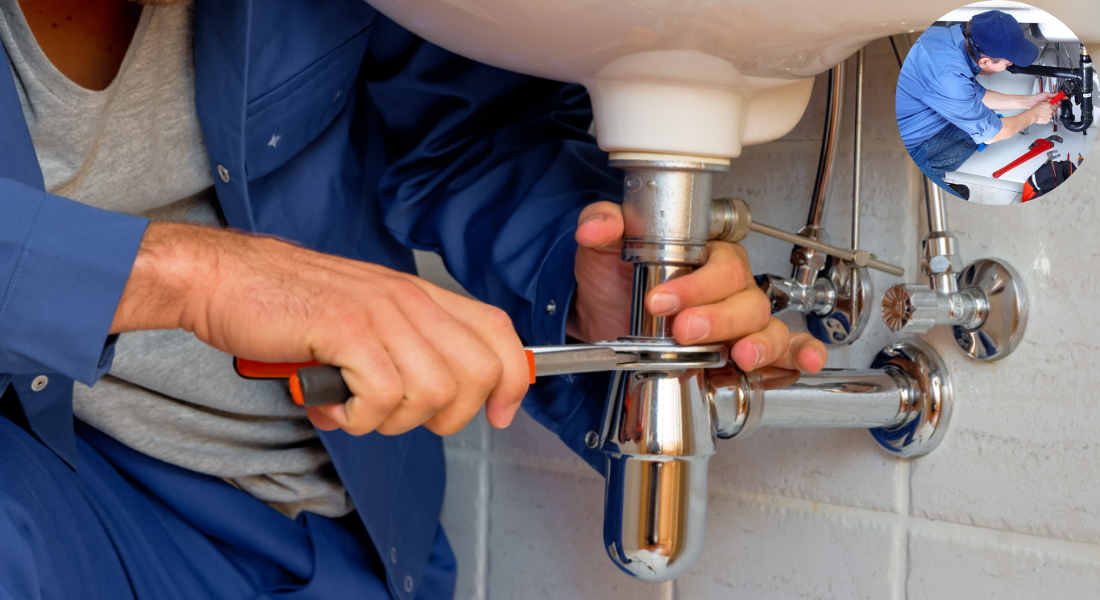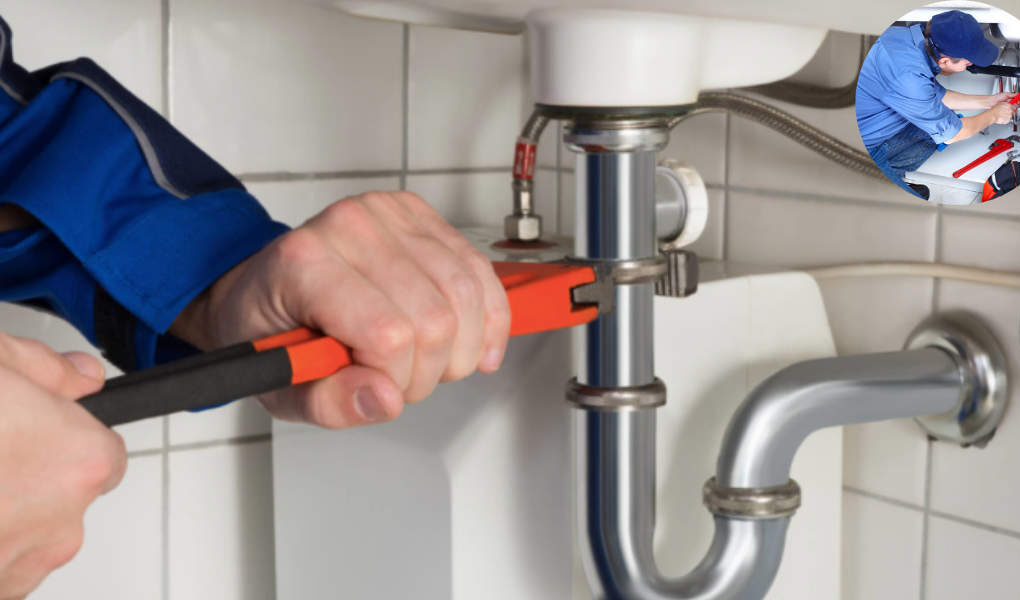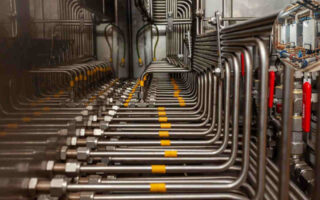The plumbing industry has been a cornerstone of modern living for centuries, ensuring access to clean water and proper sanitation. However, in recent years, there’s been an ongoing debate: is home plumbing a dying trade, or is it evolving into a growing opportunity? This question isn’t just relevant to plumbing professionals but also impacts homeowners, contractors, and industry stakeholders.
The plumbing trade has long been considered essential, yet overlooked, in shaping daily life. Thanks to plumbers, homes and buildings have access to clean water, efficient drainage, and eco-friendly systems. However, as technology and consumer demands evolve, questions arise about the future of the industry.
This discussion—is home plumbing a dying trade or a growing opportunity—reflects broader concerns about labor shortages, shifting perceptions of blue-collar work, and the rapid adoption of innovative and sustainable technologies.
Historical Context of Home Plumbing as a Trade
To understand the current state of plumbing, it’s essential to look at its historical roots. Plumbing has been a vital part of human civilization for thousands of years, with its origins dating back to ancient Rome, where aqueducts and lead pipes revolutionized water distribution.
Evolution of the Plumbing Profession
In the 19th and 20th centuries, plumbing became a formalized trade. As indoor plumbing became a standard feature in homes, skilled plumbers were indispensable for installing and maintaining these systems. Despite its importance, plumbing was often viewed as a blue-collar profession associated with physical labor rather than innovation.
Challenges Throughout History
Over the decades, the plumbing industry has faced significant challenges:
- Labor shortages: Attracting new workers to the field has always been difficult due to perceptions of the trade as dirty or unglamorous.
- Aging workforce: Many experienced plumbers are retiring, leaving a gap in expertise.
- Economic fluctuations: Plumbing demand often mirrors housing market trends, leading to periods of instability.
While these challenges have persisted, the trade has consistently adapted to meet society’s needs.
Current State of the Home Plumbing Industry
Fast-forward to 2025, and the plumbing industry stands at a crossroads. Is it on the decline, or is it poised for growth? The answer lies in understanding market trends and consumer demands.
Market Growth and Demand
The plumbing market is experiencing steady growth due to:
- Aging infrastructure: Many homes built decades ago require upgrades or repairs, driving demand for skilled plumbers.
- Urbanization: As cities expand, there’s a growing need for new plumbing installations in residential and commercial buildings.
- Increased remodeling projects: Homeowners are investing in renovations, often involving plumbing upgrades.
Skilled Labor Shortage
Despite the demand, the industry faces a critical shortage of licensed, experienced plumbers. According to industry reports:
- Many younger workers are unwilling to pursue careers in plumbing due to outdated perceptions.
- This shortage has created lucrative opportunities for professionals entering the trade.
Rising Importance of Skilled Professionals
With the growing complexities of plumbing systems, including innovative technology and eco-friendly designs, the demand for licensed, knowledgeable plumbers has never been higher. Homeowners prioritize expertise to avoid costly mistakes, further solidifying the role of professional plumbers.
You may also read (home plumbing for slab foundations).
Emerging Trends Driving Growth in Home Plumbing
The plumbing trade is far from stagnant. It’s undergoing a transformation driven by new technologies and sustainability efforts. Let’s explore the key trends shaping the future.
Sustainability and Water Efficiency
Modern consumers are increasingly eco-conscious, and the plumbing industry is adapting to meet their needs.
- Eco-friendly fixtures, such as low-flow faucets, tankless water heaters, and dual-flush toilets, are becoming increasingly standard, helping homeowners reduce their water consumption.
- Greywater recycling: Innovative systems reuse wastewater from sinks and showers for irrigation, promoting water conservation and sustainability.
- Sustainable materials: Pipes made from PVC or PEX are not only durable but also environmentally friendly.
Plumbing plays a pivotal role in reducing water waste and contributing to a lower carbon footprint, making the trade more relevant than ever.
Smart Plumbing Technology
The integration of smart home systems has transformed the plumbing industry. Homeowners now seek convenience and efficiency through technology.
- Smart water heaters: These systems enable users to control the temperature and monitor energy usage through mobile apps.
- Leak detection systems: Advanced sensors alert homeowners to leaks, preventing water damage and saving money.
- Automatic shut-off valves: These devices stop water flow during emergencies, minimizing damage.
Smart plumbing not only enhances convenience but also offers significant cost savings and peace of mind.
Regulatory Changes and Industry Standards
Governments and industry organizations are introducing new regulations to ensure safety and sustainability in the plumbing industry.
- Water efficiency codes: Stricter standards mandate lower flow rates for fixtures, promoting conservation.
- Backflow prevention: Updated codes ensure clean water remains uncontaminated.
- Climate resilience: Plumbing systems are being designed to withstand extreme weather conditions, such as floods.
These changes not only protect consumers but also create opportunities for plumbers to specialize in compliance and eco-friendly solutions.
You may also read (understanding house flies do they really bite).
Challenges Facing the Plumbing Trade
Despite its growth potential, the plumbing industry faces several obstacles that must be addressed.
Labor Shortages and Perceptions
One of the biggest challenges is the lack of skilled labor. Many younger workers perceive plumbing as a less attractive career choice, often opting for tech or office jobs instead. This has led to:
- An aging workforce with fewer new entrants.
- Increased pressure on existing plumbers to meet demand.
Need for Upskilling
As technology advances, plumbers must adapt to these changes. The industry requires ongoing training to master innovative plumbing systems and comply with new regulations. Without upskilling, professionals risk falling behind.
Competition from DIY Solutions
With the rise of DIY tutorials and affordable tools, some homeowners attempt plumbing repairs themselves. While this can save money initially, it often leads to costly mistakes, emphasizing the need for professional expertise.
Opportunities for Growth and Innovation
For those willing to adapt, the plumbing trade offers immense opportunities. Here’s how plumbers can capitalize on emerging trends.
Remodeling and Retrofitting
The demand for remodeling older homes is surging. Plumbers who specialize in upgrading outdated systems, such as replacing lead pipes or installing eco-friendly fixtures, can tap into this lucrative market.
Green Building Practices
Sustainability is at the forefront of modern construction. Plumbers knowledgeable in green building techniques, such as greywater systems and rainwater harvesting, can position themselves as leaders in the field.
Smart Home Integration
The smart home market is booming. By offering innovative plumbing solutions, such as app-controlled water heaters and leak detectors, plumbers can appeal to tech-savvy homeowners.
Opportunity Why It’s Growing Plumber’s Role
Remodeling & Retrofitting: Aging homes need upgrades. Specializing in pipe replacements and repairs.
Green Building: Sustainability is a top priority. Install eco-friendly systems and fixtures.
Smart Integration Homeowners want convenience and cost savings Offer smart plumbing installation and support
The Future Outlook: Is Home Plumbing a Dying Trade or a Growing Opportunity?
The evidence suggests that home plumbing is not dying—it’s evolving. While challenges like labor shortages and outdated perceptions persist, they are far outweighed by the opportunities for growth.
Key Takeaways
- Market demand is rising due to aging infrastructure and remodeling needs.
- Emerging trends, such as innovative technology and sustainability, are transforming the trade.
- Plumbers who adapt to new technologies and regulations are well-positioned for success.
The plumbing trade is not in decline; it’s undergoing a transformation that presents significant opportunities for those willing to innovate.
How Plumbing Businesses Can Thrive in 2025 and Beyond
To succeed, plumbing businesses must embrace change. Here’s how they can thrive:
Embrace Technology and Sustainability
- Invest in training for innovative plumbing systems.
- Offer eco-friendly solutions, such as low-flow fixtures and greywater systems.
Focus on Workforce Development
- Attract younger workers by promoting the trade as innovative and profitable.
- Provide ongoing training to keep up with advancements.
Leverage Digital Marketing
- Use SEO strategies to reach local customers online.
- Create engaging and informative content to establish your expertise.
By staying ahead of trends, plumbing businesses can position themselves as leaders in a growing industry.
You may also read (drawing a free plumbing riser diagram for a house).




